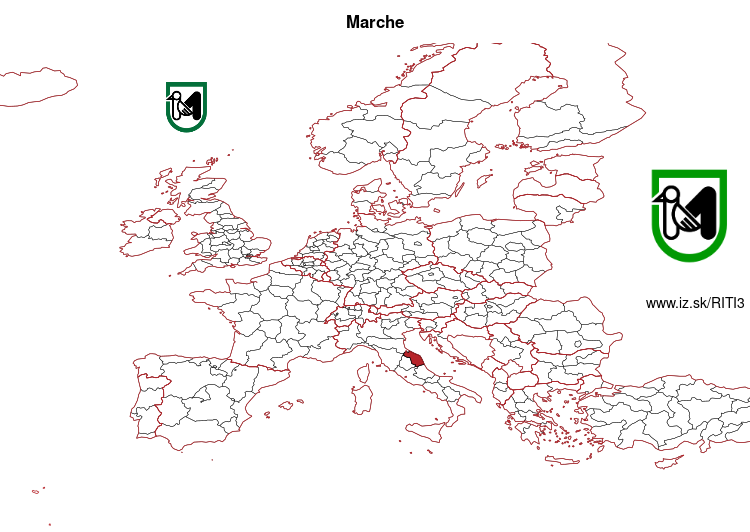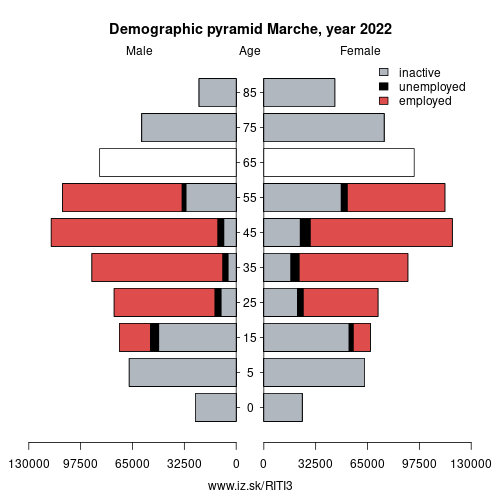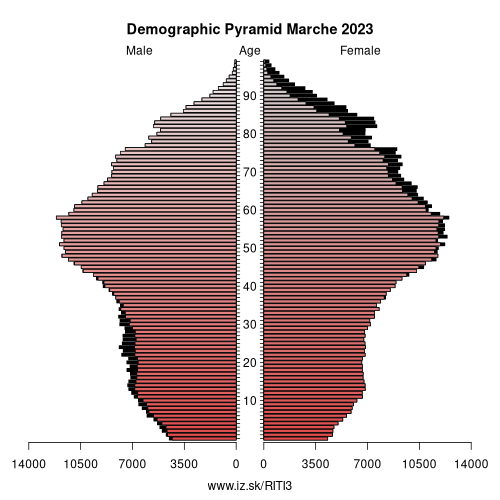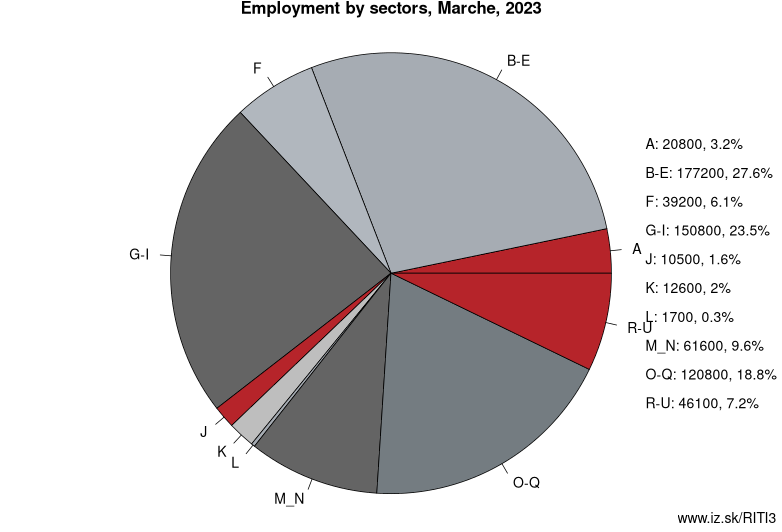- About us»
- Net income calculator»
- Population aging»
-
- Least developed regions»
-
- Average wage
- Material need benefits
- Meal allowance
- Counties of Slovakia
- Inflation
- Living and Subsistence Minimum
- Unemployment of Czechia and Slovakia
- NACE Classification
-
- Life expectancy
- Gender differences
- Youth unemployment and NEET
- Minimum wage in EU
- Unemployment rates of different age groups
- Share of salaries on GDP
- Long term unemployment
- Percentage of employees ususally working at nights
- Employment rate
- NEET
- Unemployment rate
-
- Bratislava and surroundings
- Kopanice
- Danube river
- lower Vah river
- middle Vár river
- upper Nitra river
- lower Nitra river
- Mining cities
- Kysuce a Orava
- upper Vah river - Liptov
- Spiš cities
- upper Hron river
- Juhoslovenská kotlina
- Košice fold and Torysa river
- upper Zemplín
- lower Zemplín
- EU regions
- NUTS3 regions of Slovakia
- LAU1 dataset
-
- Projects and activities
- Inclusive growth»
- Good work
- Project SKRS
- Social system – reality and vision
-
- Education of unemployed
- Young unemployed not taking part in education
- Proposal to change the system of education funding
- Library
- News»
- Contact
Marche – ITI3
EU regions: Italy > Central Italy > Marche

| Indicator | Period | Value |
|---|---|---|
| Life long learning | ||
| life long learning participation | 2024 | 10.1 |
| Part time jobs and flexible employment | ||
| percentage of part time workers | 2024 | 17.16 |
| percentage of part time workers, men | 2024 | 7.4 |
| percentage of part time workers, women | 2024 | 28.79 |
| Gender differences | ||
| gender gap in employment rate | 2024 | 84.62 |
| gender gap in unemployment rate | 2024 | 123.91 |
| Graduates and young people | ||
| unemployment rate of youth with elementary education | 2024 | 23 |
| NEET | 2024 | 8.2 |
| Gross domestic product | ||
| GDP per capita in PPS of EU average | 2023 | 90 |
| Employment | ||
| employment rate | 2024 | 67.2 |
| Social exclusion | ||
| people at risk of poverty or social exclusion | 2020 | 18.3 |
Marche slovensky: ITI3
Subregions: Province of Pesaro and Urbino, Province of Ancona, Province of Macerata, Province of Ascoli Piceno, Province of Fermo

Unemployment
| Indicator | Period | Value |
|---|---|---|
| Unemployment | ||
| unemployment rate | 2024 | 5.2 |
| youth unemployment rate | 2024 | 15.9 |
| Long term unemployment | ||
| long term unemployment | 2024 | 1.9 |
| share of long term unemployed | 2024 | 38 |
Demographics
| Indicator | Period | Value |
|---|---|---|
| Demographics | ||
| number of inhabitants | 2024 | 1 482 746 |
| population density | 2023 | 159.1 |
| old-age dependency ratio | 2024 | 42.2 |

Employment by sectors, Marche
| NACE r2 | % | NACE r2 | % | ||
|---|---|---|---|---|---|
| A | 13.9 | 2% | B-E | 177.8 | 28% |
| F | 40.5 | 6% | G-I | 155.1 | 24% |
| J | 9.9 | 2% | K | 14.3 | 2% |
| L | 1.7 | 0% | M_N | 56.2 | 9% |
| O-Q | 125.7 | 20% | R-U | 49 | 8% |
| TOTAL | 644.3 | 100% |
Data for the period year 2024. Source of the data is Eurostat, table [lfst_r_lfe2en2].

From Wikipedia :
Marche ( MAR-kay, Italian: [ˈmarke] (listen)) or the Marches ( MAR-chiz) is one of the twenty regions of Italy. The name of the region derives from the plural name of marca, originally referring to the medieval March of Ancona and nearby marches of Camerino and Fermo. Marche is well known for its shoemaking tradition, with the finest and most luxurious Italian footwear being manufactured in this region.The region is located in the Central area of the country, bordered by Emilia-Romagna and the republic of San Marino to the north, Tuscany to the west, Umbria to the southwest, Abruzzo and Lazio to the south and the Adriatic Sea to the east. Except for river valleys and the often very narrow coastal strip, the land is hilly. A railway from Bologna to Brindisi, built in the 19th century, runs along the coast of the entire territory. Inland, the mountainous nature of the region, even today, allows relatively little travel north and south, except by twisting roads over the passes. The Umbrian enclave of Monte Ruperto (a subdivision of the Comune of Città di Castello) is entirely surrounded by the Province of Pesaro and Urbino, which constitutes the northern part of the region. Urbino, one of the major cities of the region, was the birthplace of Raphael, as well as a major center of Renaissance history.
Geography
Marche extends over an area of 9,694 square kilometres (3,743 sq mi) of the central Adriatic slope between Emilia-Romagna to the north, Tuscany and Umbria to the west, and Lazio and Abruzzo to the south, the entire eastern boundary being formed by the Adriatic. Most of the region is mountainous or hilly, the main features being the Apennine chain along the internal boundary and an extensive system of hills descending towards the Adriatic.
Other: Central Italy, Lazio, Marche, Umbria, Tuscany
Neighbours: Lazio, Tuscany, Umbria, Abruzzo, Emilia-Romagna
Subregions: Province of Pesaro and Urbino, Province of Ancona, Province of Macerata, Province of Ascoli Piceno, Province of Fermo
Suggested citation: Michal Páleník: Europe and its regions in numbers - Marche – ITI3, IZ Bratislava, retrieved from: https://www.iz.sk/PITI3, ISBN: 978-80-970204-9-1, DOI:10.5281/zenodo.10200164

 Share
Share Facebook
Facebook Twitter
Twitter News
News